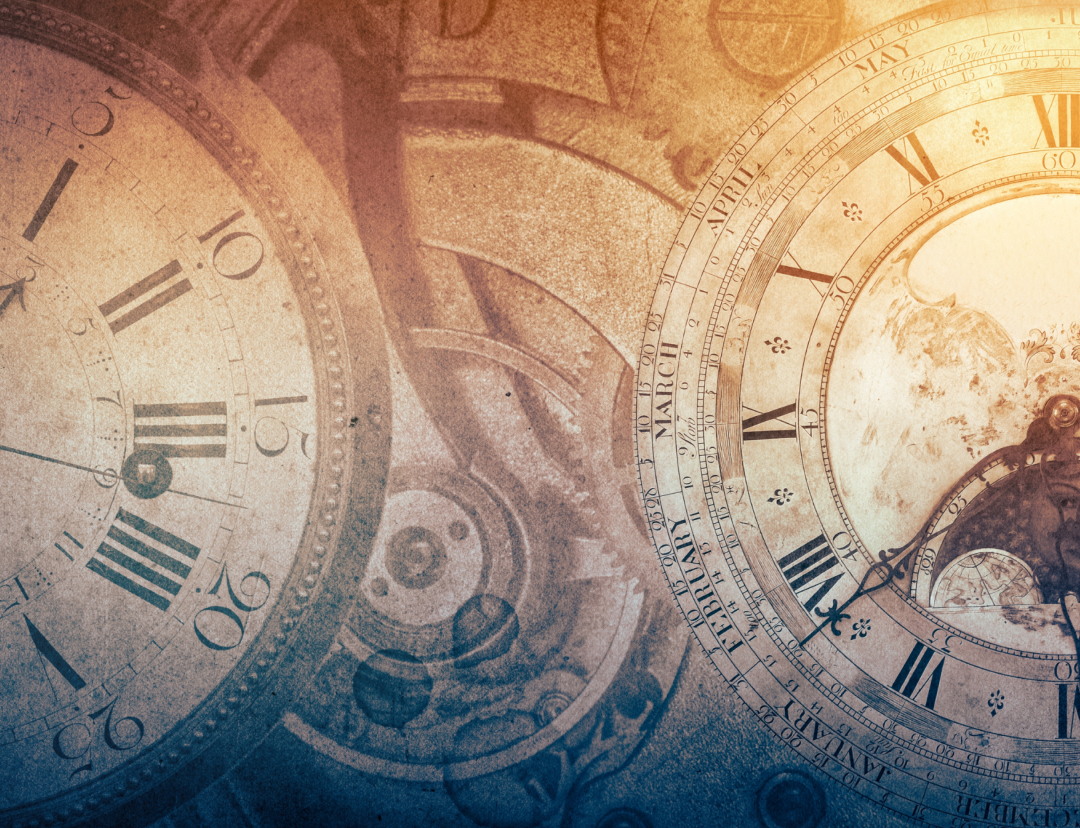Two years have passed since Christopher Nolan’s film "Oppenheimer" captivated audiences during the summer of 2023. The film, noted for its historical accuracy, continues to spark discussions and generate memes. It highlights the significant events at Los Alamos, New Mexico, where scientists worked on the atomic bomb, a pivotal moment that reshaped human history at the dawn of the Jet Age.
The film suggests that many events of the 20th century, including the bomb's deployment, may be overshadowed by the bomb's creation. As interest in this period persists, new documentary materials about J. Robert Oppenheimer are becoming available. A recent update from the National Security Archive (NSA) has brought attention to a collection of primary sources related to the bombings of Hiroshima and Nagasaki. This briefing book, developed over two decades, is extensive enough to support graduate-level research on the bomb's development and use.
Among the newly declassified documents is a letter from September 1944, written by William S. Parsons, a navy officer who led the ordnance group at Los Alamos. Parsons was instrumental in creating the "gun" design for Little Boy, the bomb dropped on Hiroshima, and he participated in the mission that delivered it. His letter, addressed to Maj.-Gen. Leslie Groves, the Manhattan Project's director, was delivered by Oppenheimer and is now part of the Oppenheimer Papers at the Library of Congress.
In this letter, Parsons presents a compelling argument against merely testing a nuclear weapon. At the time, plans for the Trinity test in the New Mexico desert were emerging, and military leaders were contemplating whether to invite representatives from Axis powers. Parsons suggested that the most effective demonstration of the bomb's power would be to detonate it "one thousand feet over Times Square." He argued that testing in the desert would be less impactful, stating, "Even the crater would be disappointing."
Another significant document is a press release drafted by Oppenheimer on August 9, 1945, the day of the Nagasaki bombing. At that moment, the world was just learning about the first atomic bomb dropped on Hiroshima three days earlier. Oppenheimer expressed hope that nuclear weapons could foster peaceful international cooperation, stating that it had become "a desperate necessity." He believed the bomb could serve as a mechanism for uniting nations.
Oppenheimer wrote the press release in the plural third person, representing the views of all Los Alamos scientists, and consulted several colleagues before finalizing it. A handwritten list of names on the document includes Louis Slotin, a physicist who would later die in a criticality accident at Los Alamos in 1946. Although a minor Washington newspaper published Oppenheimer’s statement, it received little attention and has largely been overlooked in historical accounts.

 Canada News
Canada News

 The Timmins Times
The Timmins Times National Post
National Post ABC News Video
ABC News Video Wheeling Intelligencer
Wheeling Intelligencer Raw Story
Raw Story The List
The List FOX 13 Seattle Entertainment
FOX 13 Seattle Entertainment Associated Press US News
Associated Press US News Newsweek Top
Newsweek Top AlterNet
AlterNet